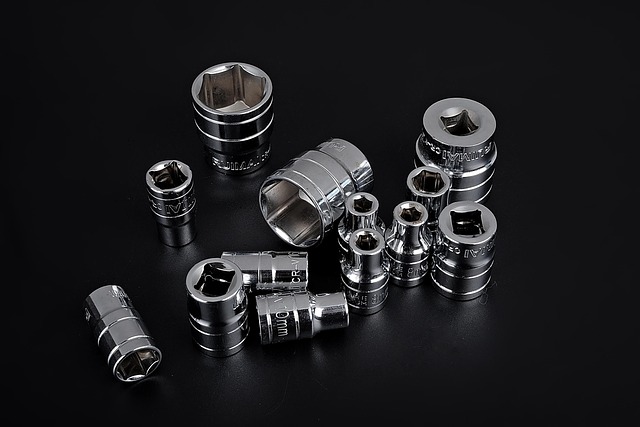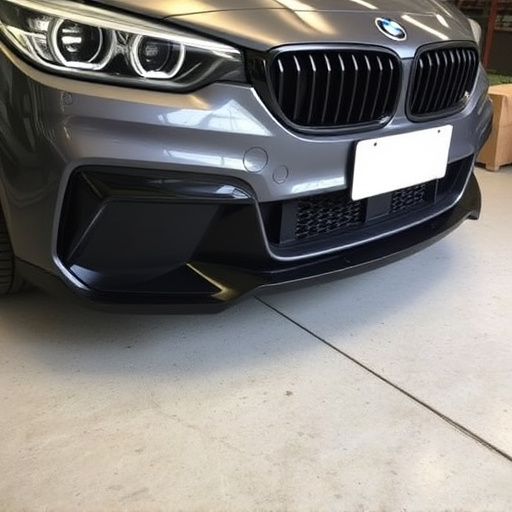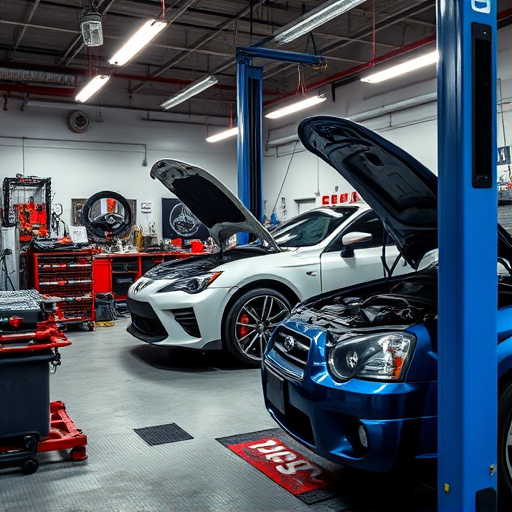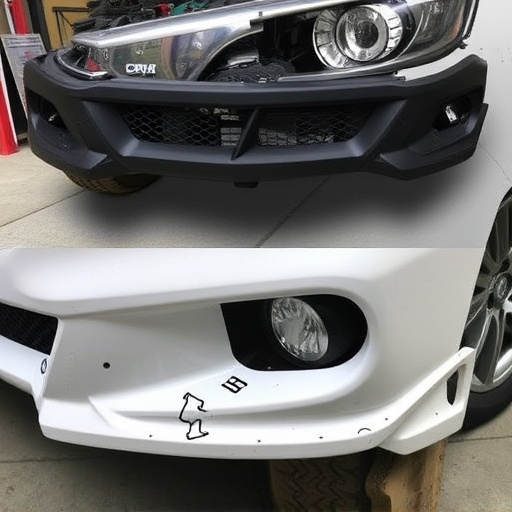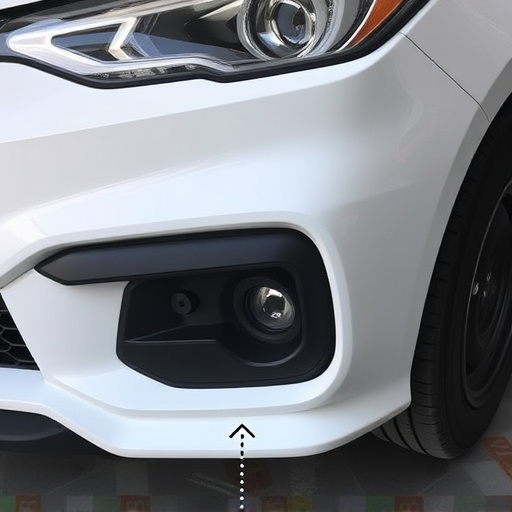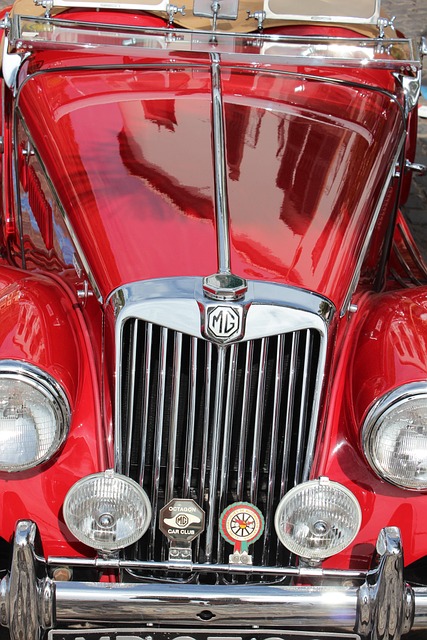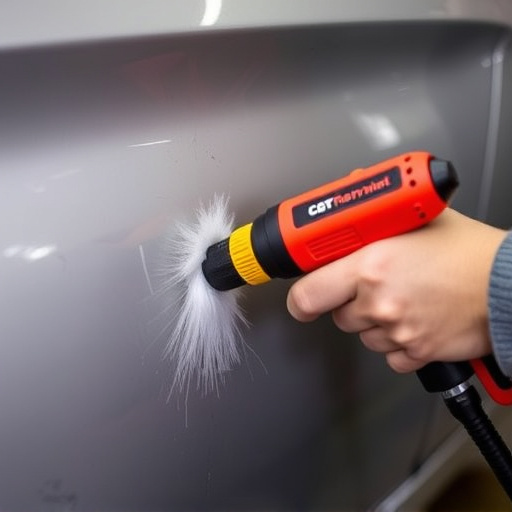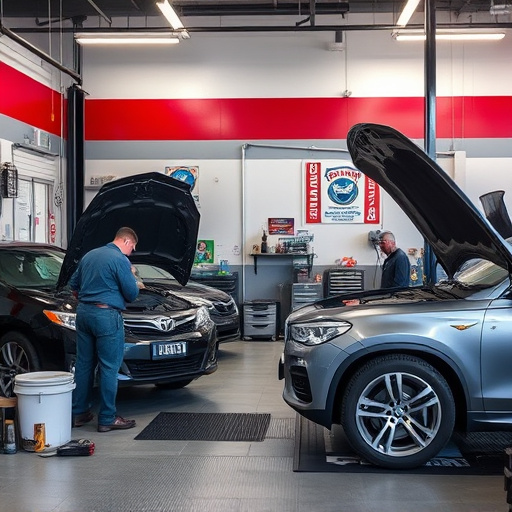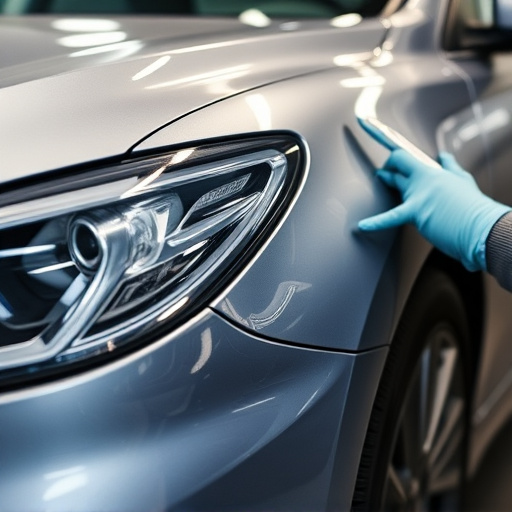Mercedes Android Auto setup involves checking software compatibility and Bluetooth connectivity. Users install the official app, connect their phones via Bluetooth, and customize permissions. Wired setups offer stable GPS and streaming but may impact vehicle restoration; wireless is more aesthetically pleasing with potential maintenance concerns. Choose based on functionality needs versus installation/maintenance trade-offs.
Unleash the full potential of your Mercedes with a seamless Mercedes Android Auto setup. This comprehensive guide explores the best way to integrate your smartphone into your vehicle’s infotainment system. We delve into understanding compatibility, wireless connection setup for effortless pairing, and dissecting the pros and cons of wired installation. Discover the advantages of hands-free calling, music streaming, and navigation tailored to your Mercedes experience.
- Understanding Mercedes Android Auto Compatibility
- Setting Up Wireless Connection: A Step-by-Step Guide
- Advantages and Disadvantages of Wired Installation
Understanding Mercedes Android Auto Compatibility

Mercedes vehicles equipped with modern infotainment systems are generally compatible with Android Auto, making it easier for owners to connect their smartphones and access various apps while driving. However, understanding the compatibility requirements is crucial before attempting any Mercedes Android Auto setup. The primary factor to consider is the vehicle’s software version; newer models typically have more up-to-date systems that support this feature seamlessly.
While many modern Mercedes cars come with built-in support for Android Auto, older vehicles may require additional hardware and software updates to facilitate a proper connection. This might involve visiting authorized auto repair services or even engaging in classic car restoration processes to ensure your Mercedes can handle the latest smartphone connectivity standards, preventing issues like hail damage repair that could compromise system functionality.
Setting Up Wireless Connection: A Step-by-Step Guide

Setting up a wireless connection for Mercedes Android Auto is a straightforward process, offering a convenient alternative to cumbersome wired setups. Here’s a step-by-step guide to help you navigate this modern integration:
1. Enable Bluetooth: Ensure your Mercedes car has Bluetooth capabilities, which are standard in most modern models. Turn on the Bluetooth function within your vehicle’s settings menu and pair it with your Android smartphone. A stable connection is crucial for seamless Android Auto functionality.
2. Install Android Auto App: Download the official Android Auto app from the Google Play Store onto your smartphone. Ensure both your phone and car meet the compatibility requirements to avoid any hiccups during setup.
3. Connect Smartphone to Car: Once the app is installed, launch it and follow the on-screen instructions to connect your smartphone to your Mercedes via Bluetooth. The app will guide you through pairing, making it simple for even first-time users.
4. Initiate Android Auto: After a successful connection, users can enable Android Auto within their car’s infotainment system. This process varies slightly depending on the Mercedes model but is typically accessible via the central display or voice commands.
5. Verify and Customise: The setup process will prompt you to verify various permissions, including access to your phone’s media and location services. Tailor these settings to your preferences, ensuring a personalised Android Auto experience behind the wheel—a far cry from the days of dealing with faulty vehicle body repair due to accidents like fender benders.
Advantages and Disadvantages of Wired Installation

The decision between a wireless or wired Mercedes Android Auto setup involves weighing distinct advantages and disadvantages tailored to individual needs. Wired installations offer robust connectivity, ensuring minimal signal loss and constant access to your smartphone’s features while driving. This setup is particularly ideal for those who rely heavily on navigation apps as it provides more accurate location tracking without the potential delays or interruptions associated with wireless connections. Moreover, a wired connection can enhance overall system performance, allowing for smoother streaming of music and videos.
However, opting for a wired Mercedes Android Auto solution may not be the best choice for everyone. Installation requires drilling holes in the vehicle, which could impact the car’s aesthetics during what some might consider an automotive restoration or frame straightening process. Additionally, wires can be more susceptible to damage over time, especially in case of a car collision repair, potentially leading to costly repairs or the need for complete replacement.
When it comes to choosing between wireless and wired Mercedes Android Auto setups, both options offer unique advantages. Wireless provides convenience with seamless updates and a hands-free experience, while wired installation guarantees stable connectivity, faster data transfer, and reduced latency for smoother navigation. Ultimately, the ideal setup depends on individual preferences and specific use cases, ensuring an enhanced mobile integration within your Mercedes vehicle.
